| 项目 projects |
关于 about |
新闻 news |
媒体报道 press |
赞助 support |
地图 map |
联系 contact |
箭厂胡同38号(国子监街内) |
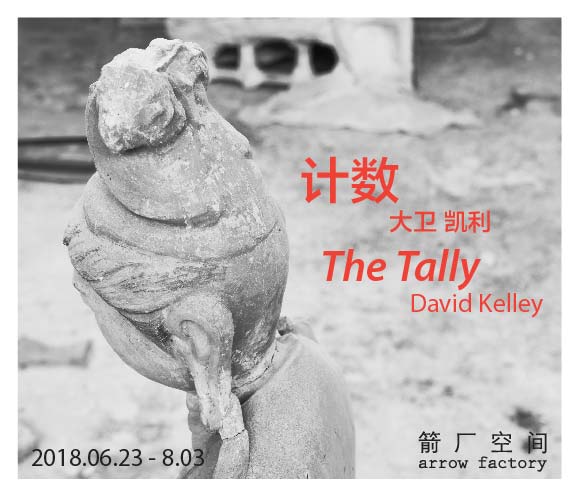 |
计数大卫 . 凯利2018.06.23-08.03 箭厂空间荣幸地展出美国艺术家大卫 .凯利的影像装置新作《计数》。 成形于在敦煌莫高窟*的近期驻留,《计数》思考关于复制品的流通和我们心理社会概况的价值判断。凯利在空间中呈现一个大比例的女性肖像照— 来源于一间发廊窗上的广告照片 , 被拍摄时一只蚊子刚好落在玻璃上。 在白天当中,肖像朝向窗外凝视着, 而天色渐暗后,一段莫高窟壁画的视频投影开始在这幅肖像上缓缓移动,一道探照灯光似乎是在女人平静的面容上下不停地扫描。 作品展出期间的每日黄昏时刻,《计数》都将上演这段从单张照片转换为人物肖像与原始佛教画作相互重叠的蒙太奇。 《计数》探索资本,价值和复制等主题, 将多个图像制作流折叠到同一个表面上,使人们不清楚当原始内容传递到其模仿和寓意的形式后还剩下些什么。在莫高窟驻留期间,凯利目睹了对佛教石窟一丝不苟的复制工作,画师们甚至如实地复制了一些苏联革命时期逃亡的白俄罗斯囚犯逗留于此的墙上涂鸦。当这些复制品在世界各地相距遥远的各类平台上被展示,拍摄,重新上演和朋友圈刷屏的同时,它的存在也在质疑其所代表的非凡价值- 即一件复制品的价值何在? 而被复制品的原有寓意是否尚存? 凯利写道: “我们越接近这种非物质的存在状态,事物出现得越快,图像呈现的分辨率越高,得到的认可越隐晦,我们的心理社会概况的价值判断变得越分散。与此同时,莫高窟的粘土和颜料继续老化着,沙漠上的沙砾抹去莫高窟游人的足迹,北京胡同里箭厂空间周边的小本生意被快速地封堵并清理,把城市变成首都的模样。” 大卫 . 凯利(1972年生于美国波特兰)在加州大学尔湾分校获得艺术硕士学位,目前在南加州大学任视频和摄影专业副教授。 作品曾在纽约现代艺术美术馆,波特兰的白盒子艺术空间和洛杉矶的联邦理事会等机构展出。 其近期展览包括在上海的BANK画廊,新艺术中心,波士顿德科尔多瓦双年展,荷兰乌得勒支的BAK,澳大利亚布里斯班的MAAP空间以及泰国曼谷的吉姆 . 汤普森艺术中心。凯利目前工作和生活在美国洛杉矶。 *莫高窟(又名“千佛洞”)位于甘肃省敦煌市东南25公里处,曾是古代丝绸之路上的一片绿洲。莫高窟现存有壁画和雕塑的共有492个洞窟,历经北魏,隋唐,五代,西夏到元代(1276—1386年)的千年兴建,成为世界上现存规模最大,内容最为丰富的佛教艺术圣地。 |
The TallyDavid Kelley2018.06.23-08.03 Arrow Factory is very pleased to present The Tally, a new photo-video installation work by Los Angeles-based artist David Kelley. Developed during a residency at Dunhuang’s Mogao Caves*, The Tally muses on the currencies of facsimile and ledgers of our psychosocial profiles. Exploring implications of duplication, Kelley presents a large-scale portrait—a photograph of an advertisement found in the window of a hair salon—taken at the moment that a live mosquito landed on the surface of the glass. During daylight hours, the portrait stares out beyond the viewer. After dark, a video projection of Mogao cave paintings sweep over the portrait, a moving searchlight that appears to scan beneath the surface of the woman’s placid visage. Changing from day to night, The Tally transforms everyday at dusk from a single photograph to a montage of the portrait and the medieval Budhhist paintings. Exploring themes of capital, value and copying, The Tally collapses multiple streams of image making onto a single surface making it unclear what remains of the original after its transmission into its mimetic and allegorical form. While at Dunhuang, Kelley witnessed the meticulous reproduction of the Mogao Buddhist caves, a faithfulness that saw artisans replicating even bits of graffiti carved into the walls by White Russian prisoners detained in the grottoes by the local authorities while fleeing the Russian revolution. The existence of the replica questions the very currency of what it represents, as the copies are exhibited, photographed, re-staged and WeChat-ed over various platforms in distant venues across the globe. What is a duplicate worth? Are such allegories on a gold standard? Kelley writes:
David Kelley (b. 1972, Portland, USA) earned his MFA at the University of California in Irvine, and is an alumni of the Whitney Museum’s Independent Study Program. He is currently an associate professor in video and photography at the University of Southern California. Kelley has exhibited at Museum of Modern Art in New York, White Box in Portland Oregon, and Commonwealth and Council in Los Angeles. Other recent exhibitions include The Bank in Shanghai, New Art Center, the de Cordova Biennial in Boston, BAK in Utrecht, MAAP space in Brisbane Australia, and the Jim Thompson Art Center in Bangkok. He lives and works in Los Angeles. *The Mogao Caves, also known as the Thousand Buddha Grottoes comprise 492 caves and contain some of the finest examples of Buddhist art spanning a period of 1,000 years, from the Northern Wei Dynasty (386-534) to the Yuan Dynasty (1276-1386). Located 25 miles from Dunhuang, Gansu, which was an oasis on the the Silk Road. (http://whc.unesco.org/en/list/440) |
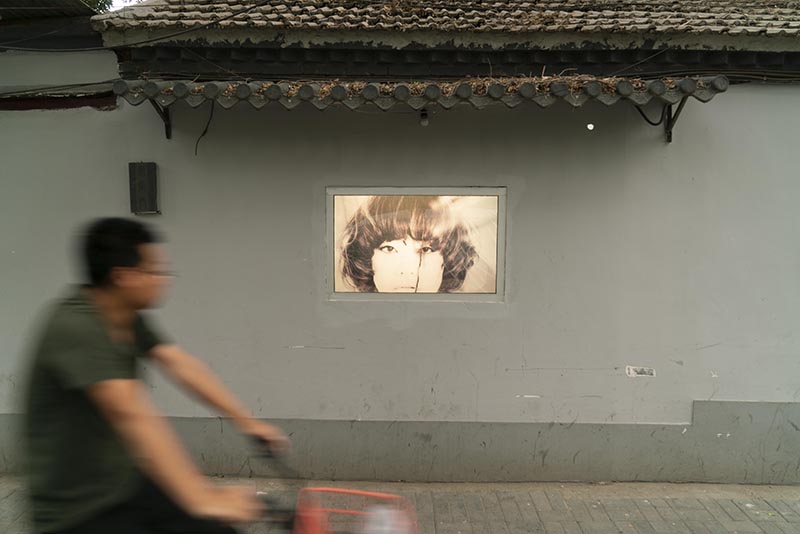 |
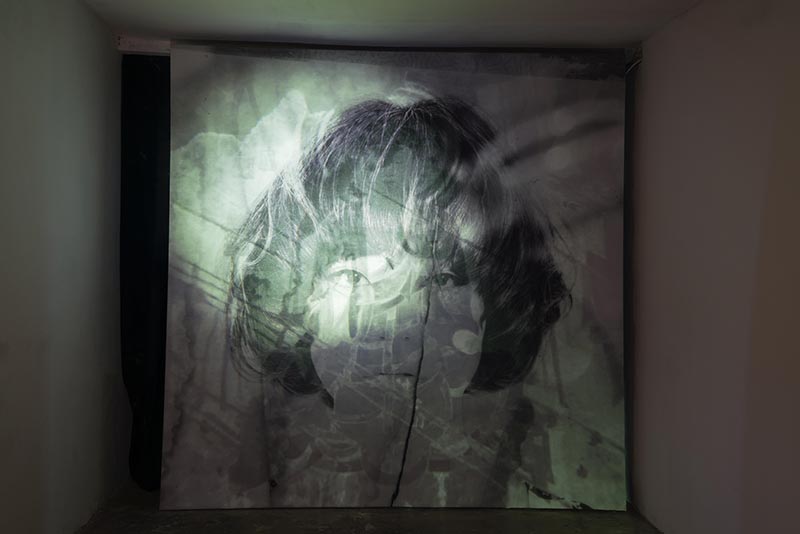 |
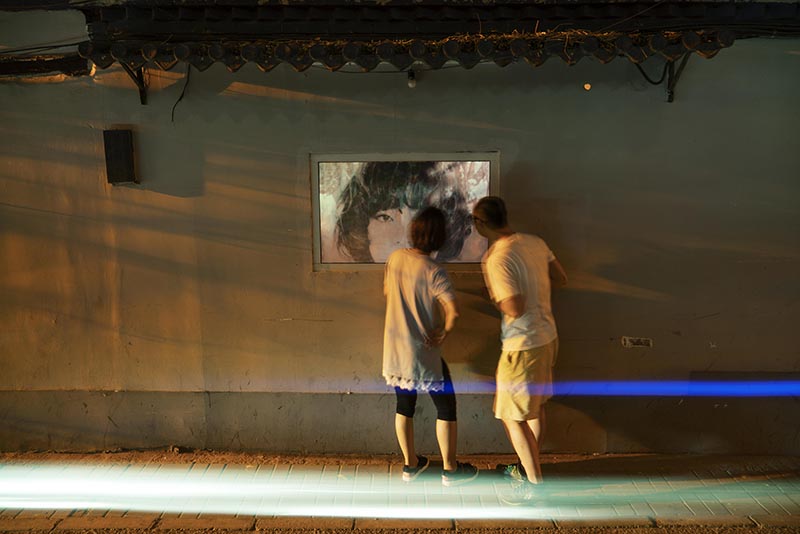 |
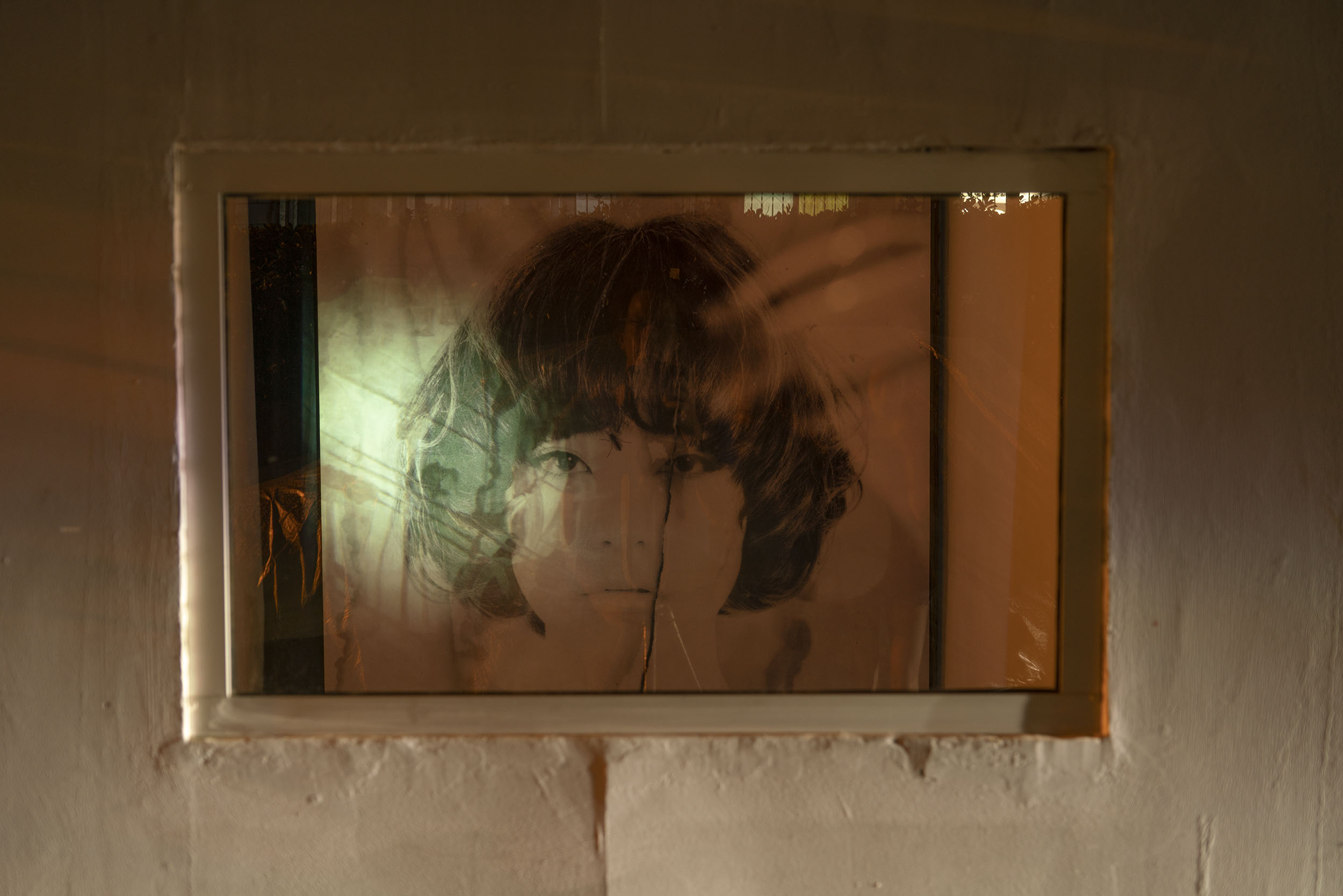 |
| arrowfactory.org.cn | ||
|